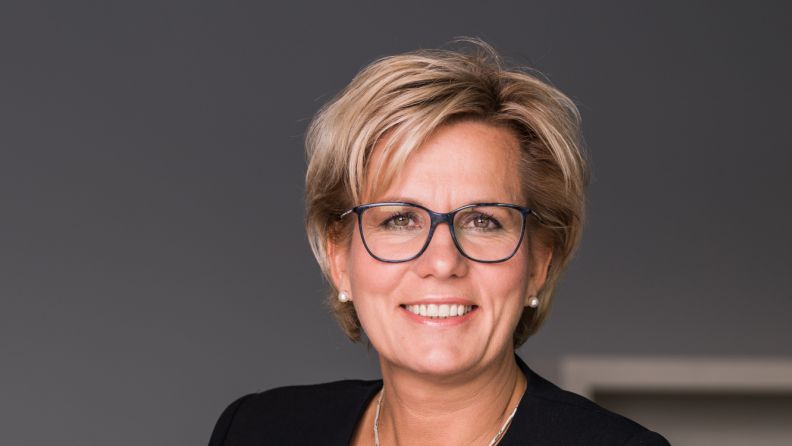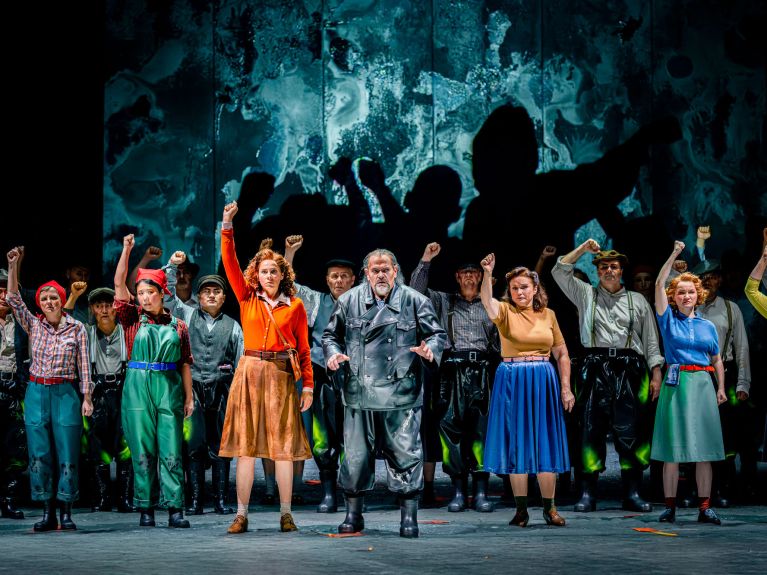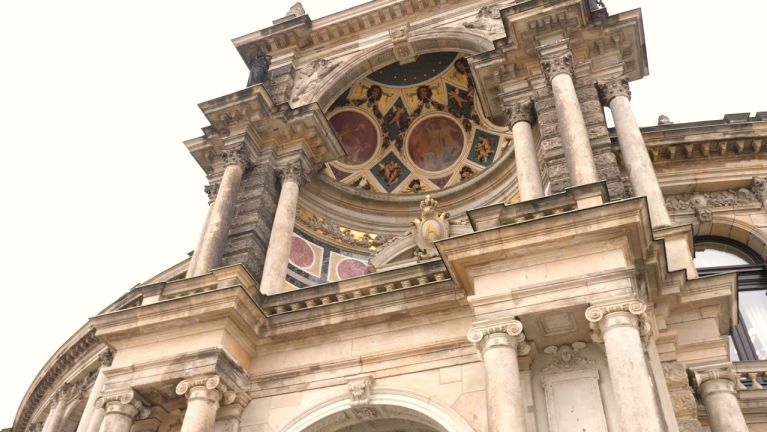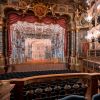How diverse Germany’s cultural scene is
Barbara Klepsch wants to link culture and tourism more closely. In our interview, the president of the Standing Conference of the Ministers of Education and Cultural Affairs explains how theatres bring people together and inject life into regions.

Ms Klepsch, as president of the Standing Conference of the Ministers of Education and Cultural Affairs (KMK), you want to link culture and tourism more closely. Where is this already being done successfully?
In Chemnitz! The city is taking advantage of its status as 2025 European Capital of Culture to fund projects in theatre, music and dance. Projects such as “Nonstop Europa”, “Rummelplatz” (see image gallery) and “Tanz Moderne Tanz” are attracting locals and visitors alike. This combination of creativity, inclusion and regional networking is boosting the city’s tourist appeal and the local economy.
Saxony attracts large numbers of culture lovers in any case. What makes this German state so appealing?
Saxony combines cultural diversity, historical depth and a young and experimental scene. Dresden and Leipzig stand for musical tradition, architecture and contemporary art. In rural areas, festivals such as the International Shostakovich Festival in Gohrisch, the Musikfest Erzgebirge and Lausitz Festival shape culture at the regional level. They show how firmly anchored culture is in Saxony.
Dieses YouTube-Video kann in einem neuen Tab abgespielt werden
YouTube öffnenThird party content
We use YouTube to embed content that may collect data about your activity. Please review the details and accept the service to see this content.
Open consent formWhat role is played by major institutions such as the Semperoper in Dresden or the Friedrichstadtpalast inBerlin?
They are synonymous with artistic quality and the diversity of the German cultural scene. They attract large numbers of visitors and thereby boost tourism. Going to see a show or concert offers an opportunity to experience cities, architecture and savoir-vivre at the same time. Such institutions shape Germany’s international image as a nation of culture that combines tradition and innovation.
As president of the KMK, you are representing all the federal states this year. What are your main plans?
Besides focusing on cultural tourism, my main areas of focus will include the reform of the Prussian Cultural Heritage Foundation, the new arbitration for Nazi-looted art and the conclusion of the ongoing UNESCO selection process for intangible cultural heritage.
How does Germany’s federal structure shape the country’s cultural profile?
It guarantees cultural diversity. Because the country’sfederal states are responsible for culture, regional traditions can be cultivated and emphasis placed individually. No region has to follow any one particular model. This gives rise to a thriving diversity that characterises the entire country.
About: Barbara Klepsch

Born in 1965, Barbara Klepsch has been Minister for Culture and Tourism of the State of Saxony since December 2019 and, in 2025, is president of the Standing Conference of the Ministers of Education and Cultural Affairs.
The Standing Conference of the Ministers of Education and Cultural Affairs
Comprising ministers from Germany’s 16 federal states, the KMK coordinates central cultural issues such as cultural heritage, digitisation, Nazi-looted art, museum-related affairs and UNESCO processes. It coordinates common positions and represents the federal states vis-à-vis the Federal Government, the EU and international organisations. Its presidency changes every year.







